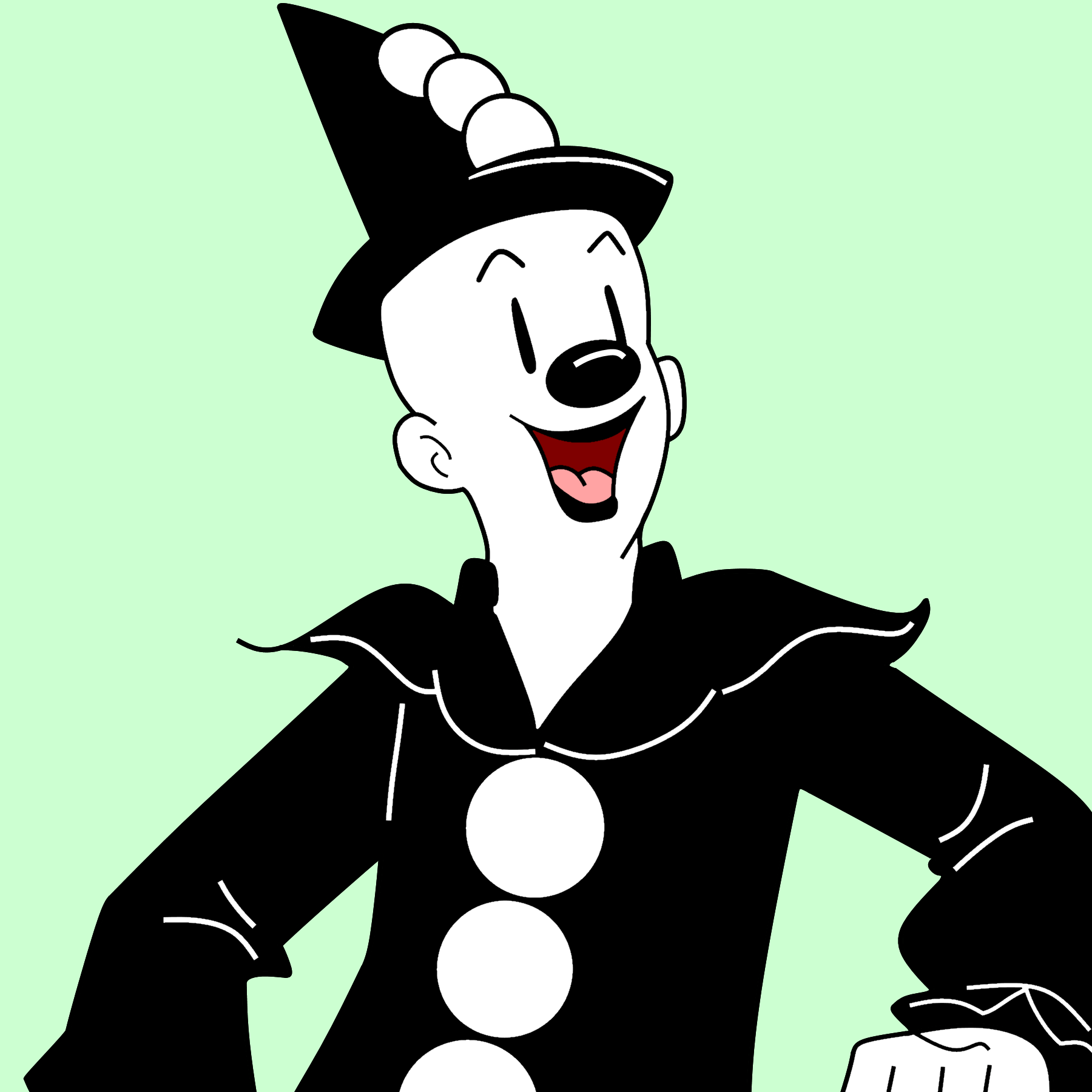

Realizing the hit they had on their hands, the Fleischers made Betty Boop the star of their cartoons, and produced cartoons with her throughout the 1930s. Instead, movie-going audiences fell in love with Bimbo’s girlfriend, a sexualized caricature of the “flapper girl” trends of the time modeled on the singer Helen Kane. They introduced a cartoon dog named “Bimbo”, who the Fleischers thought would be their “Mickey”.
#BETTY BOOP CHARACTERS SERIES#
At first, they called themselves “Inkwell Studios” after their famous Out of the Inkwell series of animated shorts, but eventually changed the name to Fleischer Studios.īy the 1930s, big name characters like Mickey Mouse and Bugs Bunny were all the rage in the animation arena, and Fleischer Studios needed a mascot character of their own. The Fleischer brothers got fed up with the intense schedule and quit to found their own company a year later. Samuel Goldwyn (the guy who was the “G” in MGM) bought a controlling interest in Bray Studios and increased the workload of the animators to an unreasonable degree – people can only draw so fast! For a while, the studio prospered, but by 1920 the company had started to run in the red. In 1916, Bray hired the Fleischer brothers, Max (pictured above), Dave, and Lou, Jewish immigrants from what would today be considered a part of Poland. During World War I, Bray was the biggest name in animation in the United States, attracting talented artists who wanted to get in on the ground floor in this new, emerging art form. It was in this year that an artist named John Randolph Bray decided to start his own animation company, Bray Studios. Motion pictures were still a very new technology, and animation was an even newer application of the technology that was just starting to wow audiences. Our story begins all the way back in 1913. The Creation (and Creators) of Betty Boop The story of Betty Boop is a story about what can happen when entertainment, business, intellectual property law, and decades of history intersect. What I found took me down a rabbit hole I have been investigating for months in my spare time. So, I did what anyone would do, a quick Google search. One day, I saw a Betty Boop poster for sale and wondered about who the iconic cartoon character’s owner was. It’s a deceptively simple question with a not-at-all simple answer. Yet there is one cartoon character who has a major presence in popular culture, whose likeness is plastered on all kinds of merchandise from coffee mugs to T-shirts to soap dispensers that doesn’t immediately call a company to mind. These iconic cartoon stars are, of course, also the main mascots of the companies that created them. Betty does in fact appear along Popeye, both performing a dance together on stage, in effect making Popeye's first screen appearance a "cross-over".Īs late as 2016, a new cross-over would be produced: the promotional animated web comic Spinach and Stockings: the Adventures of Betty Boop and Popeye.Mickey Mouse? Disney. The cartoon is titled "Popeye the Sailor with Betty Boop", although most of the action revolves around him, Bluto and Olive Oyl. However, comics and television specials later appeared and she remains a popular merchandise icon.įleischer Studios introduced Popeye into animation in the short Popeye the Sailor, which in fact belonged to the Betty Boop series, with the actual Popeye series soon to follow. Her last cartoon appeared in 1939, after being toned down due to restrictions set by the film industry.

Originally an antropomorphic French poodle, she soon changed into a young human girl noted for her sex-appeal.

Margie Hines Betty Boop is a character created by animators Grim Natwick and Max Fleischer for Fleischer Studios in 1930, first seen in the animated short Dizzy Dishes and going on to appear in a total 110 cartoons.


 0 kommentar(er)
0 kommentar(er)
